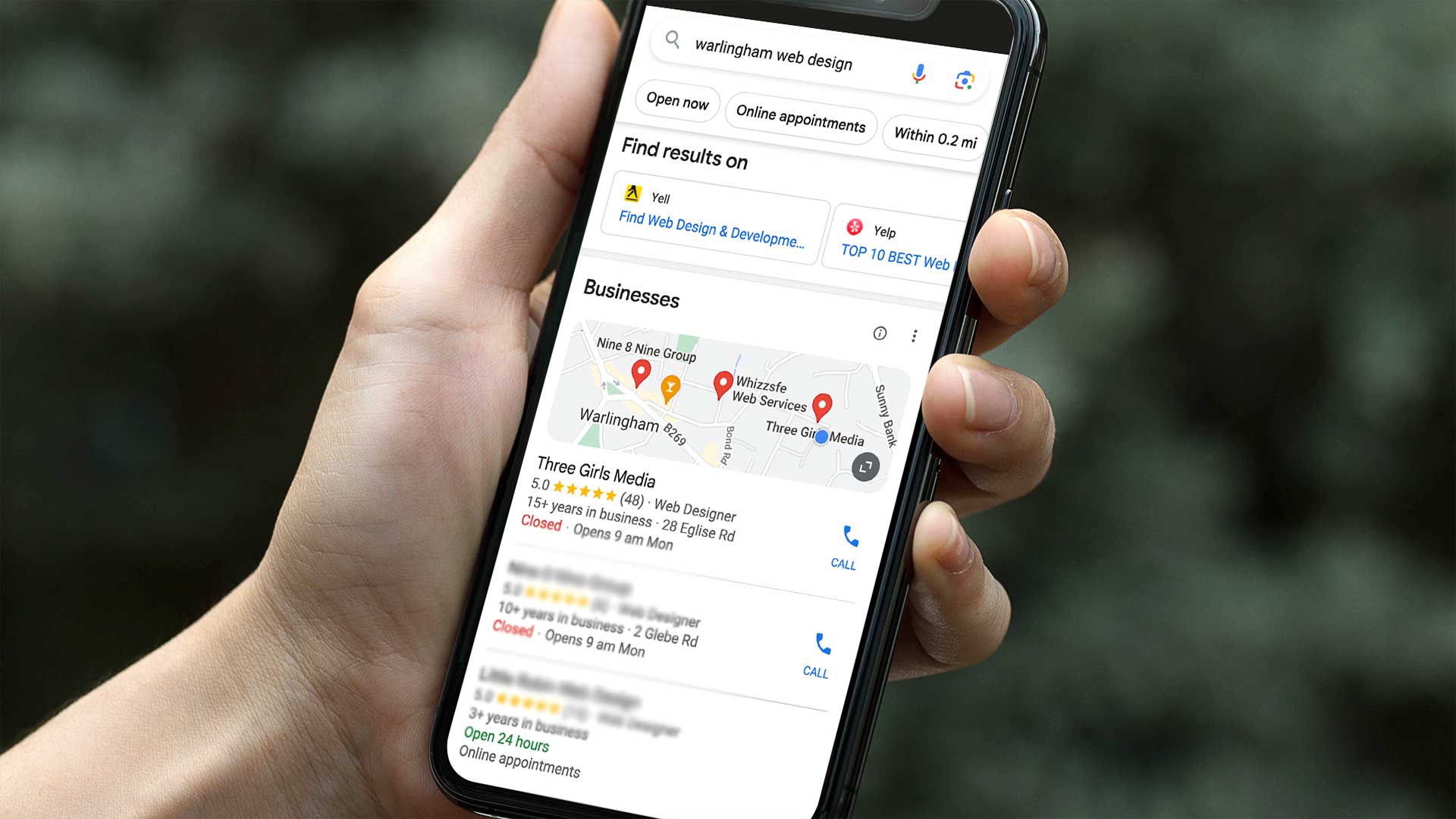Keyword clustering is the strategic process of grouping related search terms with similar search intent to target them collectively on a single webpage. This advanced SEO technique helps maximize organic traffic potential while improving content relevance and user experience.
What Is Keyword Clustering and Why It Matters for SEO
Semantic keyword clustering involves organizing related keywords that share the same user intent and search behavior patterns. Instead of creating separate pages for “running shoes,” “athletic footwear,” and “sports sneakers,” you target all these long-tail keywords on one comprehensive page.
Modern search engines like Google use sophisticated algorithms to understand keyword relationships and semantic connections. When you implement keyword grouping strategies, you’re aligning with how search engines naturally categorize and rank content.
Key benefits include:
- Higher organic traffic through multiple keyword rankings
- Improved content depth and topical authority
- Better user experience with comprehensive information
- More efficient content creation and optimization efforts
Search Intent Analysis for Effective Keyword Groups
Understanding user search intent is crucial for successful keyword clustering. Google’s algorithm prioritizes pages that match what users actually want to find, not just keyword density.
The four primary types of search intent are:
- Informational intent: Users seeking knowledge (“how to do keyword research”)
- Navigational intent: Users looking for specific pages (“SEMrush login”)
- Commercial intent: Users comparing options (“best keyword tools 2025”)
- Transactional intent: Users ready to purchase (“buy keyword research tool”)
Building Your Keyword Research Strategy for Clustering
Comprehensive keyword discovery forms the foundation of effective clustering. Start with seed keywords related to your business niche, then expand using multiple research methods.
Primary keyword sources include:
- Google Keyword Planner for basic volume data
- Advanced SEO tools like SEMrush or Ahrefs for competitive insights
- Competitor keyword analysis to identify gaps
- Customer feedback and support queries
- Google Search Console performance data
Focus on gathering high-volume keywords and low-competition keywords that align with your content strategy and business objectives.
SERP Analysis Techniques for Keyword Grouping
Analyzing search engine results pages (SERPs) reveals which keywords can be effectively grouped together. When Google shows similar pages ranking for different keywords, it indicates those terms have comparable search intent.
Effective SERP analysis involves:
- Examining top 10 results for keyword variations
- Identifying featured snippets and SERP features
- Analyzing content depth and topic coverage
- Checking for semantic keyword variations in ranking pages
Manual vs Automated Keyword Clustering Tools
Both manual clustering and automated tools have their place in SEO keyword strategy. Manual analysis provides precise control but becomes time-intensive with large keyword lists.
Automated clustering benefits:
- Process thousands of keywords quickly
- Identify semantic relationships automatically
- Generate keyword difficulty scores
- Create data-driven grouping decisions
Manual clustering advantages:
- Nuanced understanding of user intent
- Business-specific context consideration
- Quality control over grouping decisions
- Custom category creation
Content Optimization for Keyword Clusters
Once you’ve created keyword clusters, optimize your content to target the entire group effectively. Focus on your primary keyword while naturally incorporating secondary keywords throughout the content.
Essential on-page SEO elements include:
- Primary keyword in title tag, H1, and URL slug
- Natural keyword distribution in body content
- Secondary keywords in subheadings (H2, H3)
- Internal linking to related cluster pages
- Meta description optimization for click-through rates
Long-tail Keyword Strategy Within Clusters
Long-tail keywords often have lower individual search volumes but collectively drive significant traffic. These specific phrases typically have higher conversion rates due to clearer user intent.
Effective long-tail integration involves:
- Targeting question-based keywords in FAQ sections
- Creating comprehensive guides that address specific queries
- Using conversational keywords for voice search optimization
- Developing location-specific content for local SEO
Semantic SEO and Topic Modeling
Modern search engines understand content context beyond exact keyword matches. Semantic search optimization involves creating content that covers related topics and concepts comprehensively.
Topic modeling strategies include:
- Researching related entities and concepts
- Including LSI keywords (Latent Semantic Indexing)
- Covering subtopics within your main cluster theme
- Using varied vocabulary and synonyms naturally
Keyword Difficulty Assessment for Prioritization
Not all keyword clusters offer equal opportunity. Assess keyword competition and ranking difficulty to prioritize your content creation efforts effectively.
Consider these factors:
- Domain authority of competing pages
- Content quality and depth of current rankings
- Backlink profiles of top-ranking pages
- Your site’s topical authority in the subject area
Focus initial efforts on clusters where you have the best chance of ranking while building toward more competitive terms.
Measuring Keyword Clustering Success
Track your clustering performance using both organic traffic metrics and ranking improvements. Monitor how your pages perform for multiple keywords within each cluster.
Key performance indicators include:
- Organic traffic growth for cluster pages
- Ranking improvements across all cluster keywords
- Click-through rates from search results
- User engagement metrics (time on page, bounce rate)
- Conversion rates for commercial intent clusters
Use tools like Google Search Console and professional SEO platforms to monitor progress and identify optimization opportunities.
Advanced Clustering Strategies for Competitive Industries
In highly competitive niches, standard clustering approaches may need enhancement. Consider these advanced techniques:
- Topical authority building through comprehensive cluster coverage
- Content silos that interconnect related clusters
- User journey mapping to align clusters with funnel stages
- Seasonal keyword clustering for time-sensitive content
Common Keyword Clustering Mistakes to Avoid
Avoid these frequent clustering errors that can harm your SEO performance:
- Mixing different search intents within single clusters
- Over-optimizing pages with too many target keywords
- Ignoring keyword cannibalization between cluster pages
- Focusing solely on search volume without considering relevance
- Creating clusters without considering content creation capacity
Implementation Timeline and SEO Best Practices
Successful keyword clustering requires systematic implementation over time. Start with high-priority clusters and gradually expand your coverage.
Recommended implementation approach:
- Month 1: Research and create initial 5-10 clusters
- Month 2: Optimize existing pages and create new content
- Month 3: Monitor performance and refine strategy
- Ongoing: Expand clusters and maintain optimization
Remember that SEO keyword clustering is an iterative process. Regular analysis and refinement help maintain and improve your search visibility over time.
External Resources:

















